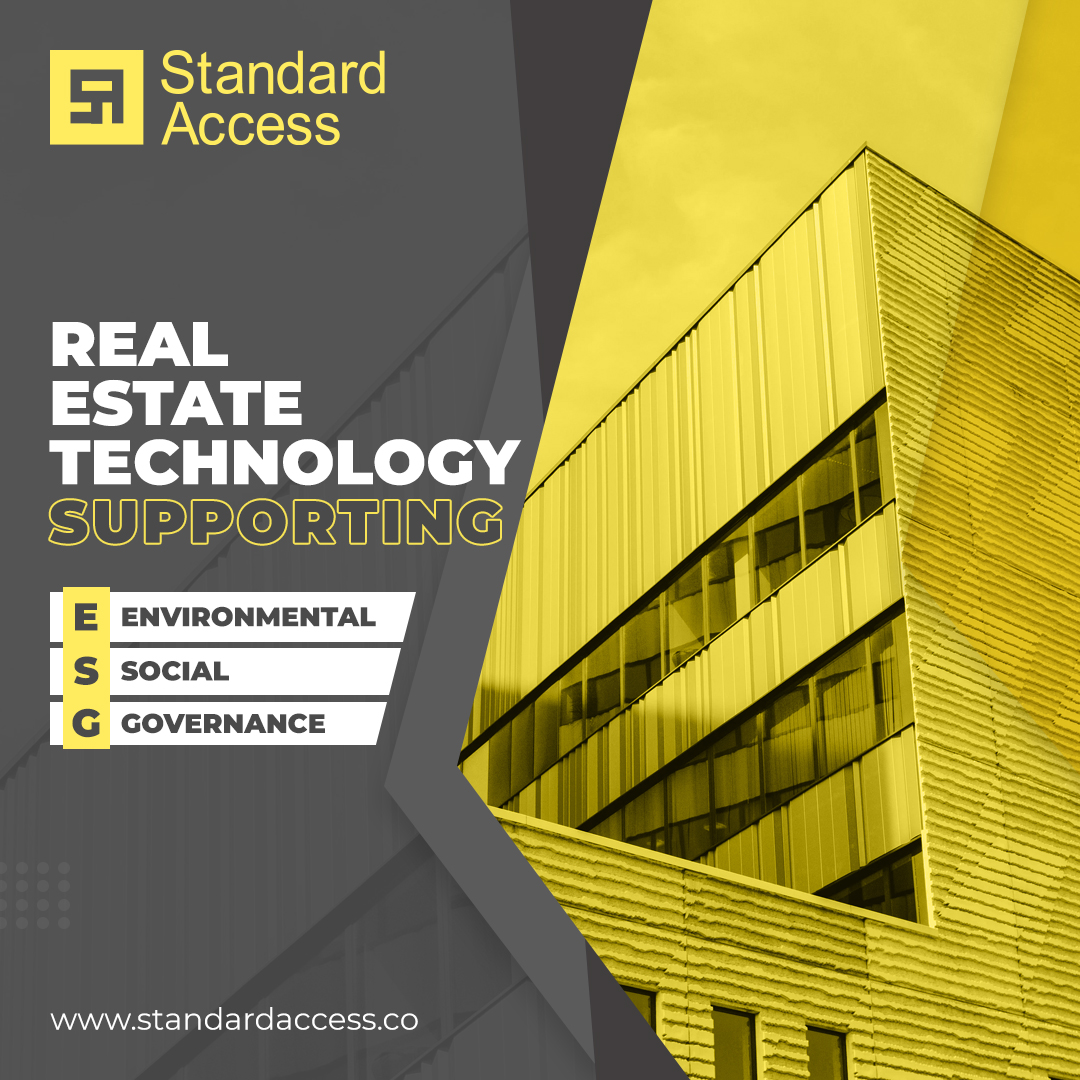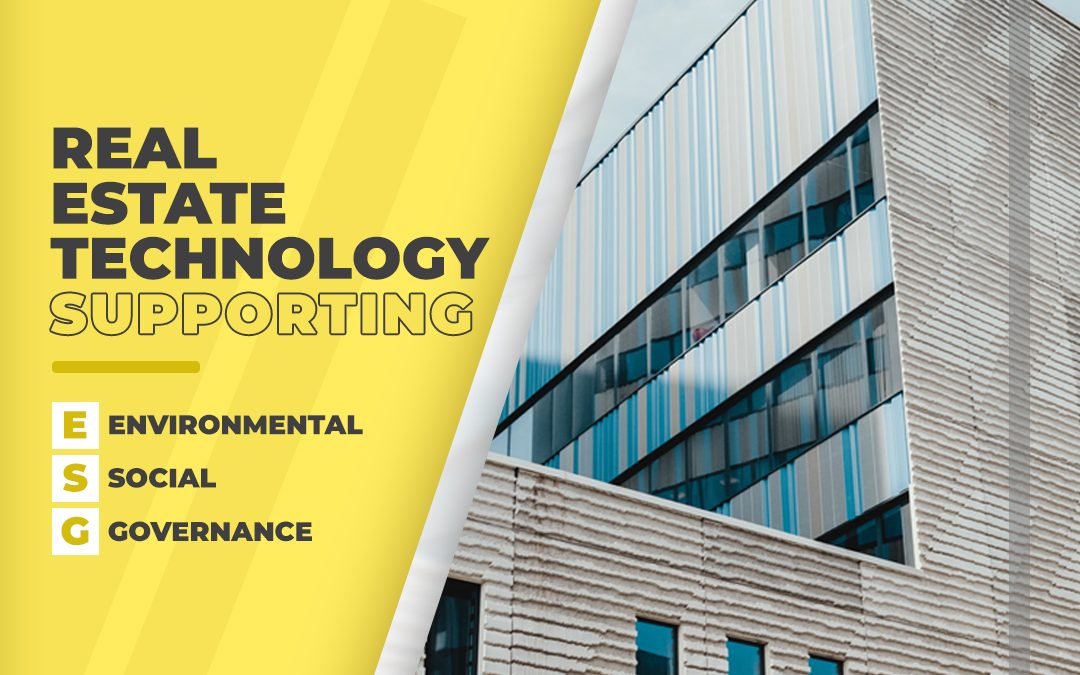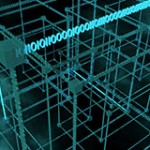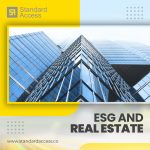Thanks in part to the global focus on climate change, the role of sustainability in property development has increased markedly in recent years. Combined with the covid-19 pandemic, the use of practices in all sectors is now being explored yet more with renewed interest.
CBRE Ireland recently published the results of a study into the role and impact of environmental, social and governance (ESG) issues on the multifamily property market in Ireland.
For both occupiers and investors, the energy efficiency of a property is already a critical factor in determining appeal and viability. Coupled with this is the appeal to renters living in a ‘green home’ that is both built and maintained sustainably. Technology, irrespective of whether it falls into the protech, climate tech or smart city vertical, will play an increasingly important part in the overall value proposition. With a conscientious market and Ireland’s multifamily development scene still in its infancy, there is now an opportunity to embrace ESG initiatives early, future proofing buildings and improving their marketability.
The CBRE report explored the role of ESG in this rising market of multifamily properties and tried to identify trends that will likely be seen over the next decade. The report also asks what effect pursuing ESG initiatives will probably have on cost and viability.
In short, the findings are as follows:
- Sustainability’s role will become more important over the next decade
- Cost is still the key factor for renters
- Sustainability accreditations are of less interest to end-users
- Developers should carefully consider which elements of ESG to incorporate
- Developing with ESG in mind improves the long term value of developments
- Ireland is in good stead to lead the way in delivering sustainable multifamily products
The Role of Sustainability Will Increase
In their report, the CBRE explains that the commercial property sector has already seen great demand for energy-efficient buildings developed with sustainability in mind. Both occupiers and investors of these commercial buildings want properties to be as sustainable as possible to meet government guidelines and make their business as viable as possible. In this commercial sector, occupiers and investors are even willing to pay a premium for this sustainability.
While the residential property market has not seen as much interest in sustainability, it’s believed that there will be greater interest over the next decade. This, the CBRE believes, is due to increasing concern over climate change and the various merits of sustainability becoming more topical.
In their CBRE EMEA Investor Intentions Survey 2021, they found that two-thirds of investors are already adopting ESG practices into their practices and processes. In addition, there are now multiple sustainable impact funds established targeting investment in the property sector, further generating interest in ESG practices. This focus on ESG will be especially important in Ireland, where – in some areas – between 20% and 50% of local authority schemes are ring-fenced for affordable and social housing, making sustainable urban development a key focus.
By investing and developing from an ESG perspective, the report claims, assets will become more marketable and generate higher returns in the long run through reduced operating costs and increased efficiency, especially in multifamily properties. This forward-looking thinking leads investors to show an increased interest in the most sustainable projects expecting a ‘green premium’ down the line.
Cost Is Still the Key Factor
With Ireland’s multifamily build to rent sector still in an embryonic stage, the CBRE feels now is the right time to embrace ESG in purpose-built properties, despite cost still being the ultimate deciding factor for renters.
That isn’t to say people don’t want sustainable buildings. Those building their own home are increasingly looking at green ways to develop and live in a property. This is telling, the CBRE feels, and it is a fair assumption that those renting will appreciate ESG when deciding on where to locate and how they live in a property. It seems, in our current climate, most people would prefer to live in a sustainable building over an energy deficient one.
The CBRE points to the millennial generation as an example of conscientious renters who will see sustainable multifamily schemes as attractive. This generation has grown up with climate change and sustainability in mind and will therefore see ESG criteria as relevant when renting.
While there is a demand for sustainable properties, the increased development costs will boost rent prices up. Renters may not desire to or be able to afford to absorb this rent increase. The CBRE believes alongside accessibility, fit-out, design, and connectivity, sustainability, and environmental impact will play a part in the appeal of multifamily schemes. Most renters will still prefer a sustainable property if given a choice. However, their report concludes that renters will not pay for the privilege of doing so unless future cost-savings can be demonstrated, such as smaller utility bills resulting from energy efficiency, for example.
Considering Which Elements of ESG to Incorporate
The CBRE report does not expect multifamily schemes to be able to ‘tick every box’ of ESG, believing this would render development unviable. Instead, they encourage developers to look at all of the elements that go into ESG and consider which is most important for their intended end-users and can be realistically incorporated.
Environmental considerations are already highly prioritized into new build multifamily developments. Some of these are already required, such as NZEB, which became mandatory in Ireland in 2019, and BER, which has been a regulatory requirement since 2009. This means that many new multifamily builds will already be built to a high specification from a sustainability perspective. CBRE, therefore, believes it is the social element of ESG that will now have the most significant impact on end-user decisions. The report claims long-term Irish investors have a vested interest in developing not only sustainable buildings but sustainable communities as well.
According to the UK Green Building Council’s definition, social value can be understood as “when buildings, places, and infrastructure support environmental, economic and social wellbeing…[improving] the quality of life of people.”
The report explains that these initiatives will be different for different multifamily schemes, tailoring schemes to the needs of the community.
ESG Improves the Long-Term Value of Schemes
CBRE’s report explains that it is already established that investors and some occupiers of commercial properties will sometimes pay more for properties excelling in sustainability. The CBRE expects this trend to bleed through into the multifamily property market, too, with investors eventually insisting on minimum ESG criteria and some impact funds focussing especially on sustainability.
Notably, the report expects the long-term cost of retrofitting older properties to be considerably more than buildings with ESG criteria at the forefront. By future-proofing a property through ESG considerations, investments will generate sustainable income with lower operating costs and decreased obsolescence.
In fact, CBRE claims “it is no longer a case of considering if you can afford to integrate sustainability elements into a multifamily scheme but rather a question of considering if you can afford not to”.
CBRE expects government tax breaks and subsidies to aid in retrofitting properties that do not meet future ESG criteria, but the underwriting of investments will increasingly focus on sustainability. This will lead to ESG focussed builds a lot more attractive to investors.
The Future of ESG and Multifamily Schemes in Ireland
Developing multifamily properties sustainably is both ethical and the correct financial decision when thinking long-term. Although the increased costs of developing with ESG considerations are unlikely to be recouped through higher rent, the incorporation of the criteria increases the value and liquidity of the building and improves the health and wellbeing of occupants. This can result in more stable returns and a more valuable asset.
Considering the multifamily market is only just now emerging in Ireland alongside proptech and a digitally transformed real estate industry, the CBRE believes there is potential to “lead the way in terms of the delivery of sustainable multifamily product[s]”.
This will help create sustainable urban developments and shape the sustainable behaviours of a generation. As a first step, property developers and their design and build teams need to start looking at technology integration at earlier stages, ensuring the digital infrastructure and master systems (effectively a smart building operating system like the Digital Spine OS) is robust and that the transmission of data generated from IoT devices is secure from cyberhacking.
Speak to the expert team at Standard Access today about how to secure your smart building, now and into the future.
About Standard Access:
Established in 2014 by Damien Browne, Standard Access is the global leader in IoT digital spine secure data transmission for smart building technologies, providing solutions for contactless building access through the patented Sonic Handshake®, along with a suite of AI-enabled solutions for building owners/operators and their tenants. www.standardaccess.co







